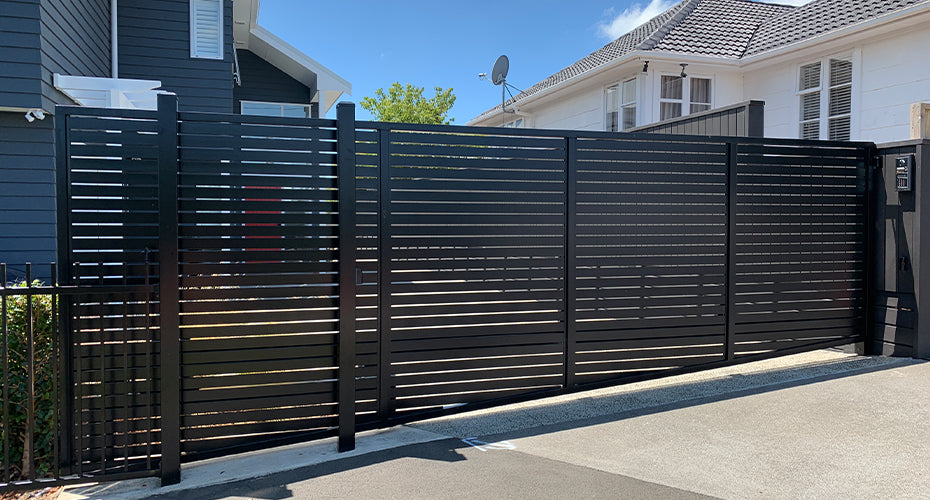
There are a lot of reasons to build a fence on your residential property. You might be planning a new pool which will need to be fenced in, be looking to add safety barriers with more children around or think your boundary fence with a neighbour just isn’t doing the job. Whatever you’re building a fence for, it’s important to know what the rules and regulations are in New Zealand. Fencing regulations exist to make things safe and fair - but it can be frustrating if you act in hindsight, so it pays to plan with them in mind. This handy guide will cover all the basics, and let you know if you’re on the right track.
Make sure your fence is the right size
Most fences must be at least 1 metre high, although this can vary with the purpose of the fence and also by the local council in your area. One particularly important exception is that fences surrounding swimming pool enclosures must be at least 1.2 metres high. These are minimum values - your fence can be higher, although you should note that building a fence over 2 metres high will require a planning consent.
Check with your local council for any bylaws unique to your area and then start planning your project with a fence design that will meet regulations.
Share the costs
In most cases, fences built on the boundary of two properties in New Zealand are expected to be paid for equally by the two parties sharing the fence. Most neighbours will be aware of this, and a friendly chat about putting up a fence or improving an existing one should cause no problems. Together, you can work out the details, like what kind of fence you want, who will build it, and what the design will be. You cannot expect your neighbour to pay for more than what is necessary - they are only expected to share the costs of what is deemed “reasonably satisfactory” for the purpose it is intended to serve. This is outlined in the NZ Fencing Act.
Know the dispute resolution process
Of course, neighbours aren’t always agreeable - even when dealing with the Fencing Act that’s been around since 1978. If they don’t agree to your proposal for a new fence, you can serve them with a Fencing Notice to begin the formal dispute resolution process. The notice should first state that it is served under the Fencing Act, and then outline all the details about the fence you’ve planned. That means outlining where it will go, what type of fence it will be, how it will be built and by who, the cost and when work will start. Your neighbour has 21 days to respond, and your notice should also explain this. A non-response will be taken to mean that they agree and have agreed to split costs.
Agree to disagree
If you serve your neighbour with a Fencing Notice, you may receive a Cross-Notice in return. This means that your neighbour has objected in whole or in part to your proposal for one reason or more. They might think that your proposal is too costly, or that the existing fence is fine - remember, they are only obligated to pay for a fence which is “adequate” for the purpose. Even if you’d like a modern architectural aluminium fence, they may prefer a simple wooden option instead. A friendly chat is always the best way to deal with disagreements, but if you can’t work it out it may end up in the disputes tribunal. At this point, you should seek an expert opinion.


Leave a comment
All comments are moderated before being published.
This site is protected by hCaptcha and the hCaptcha Privacy Policy and Terms of Service apply.